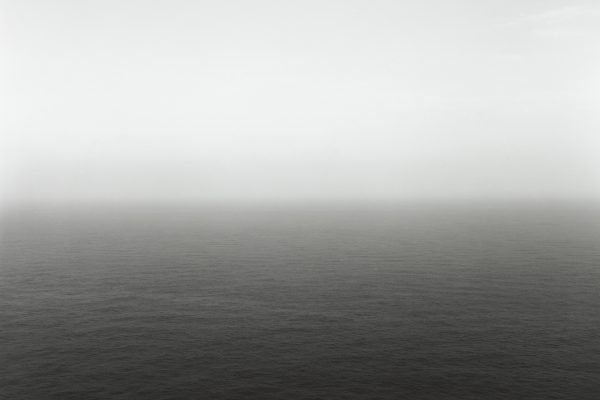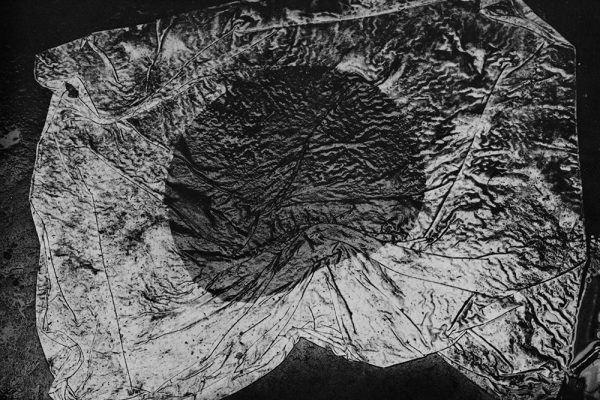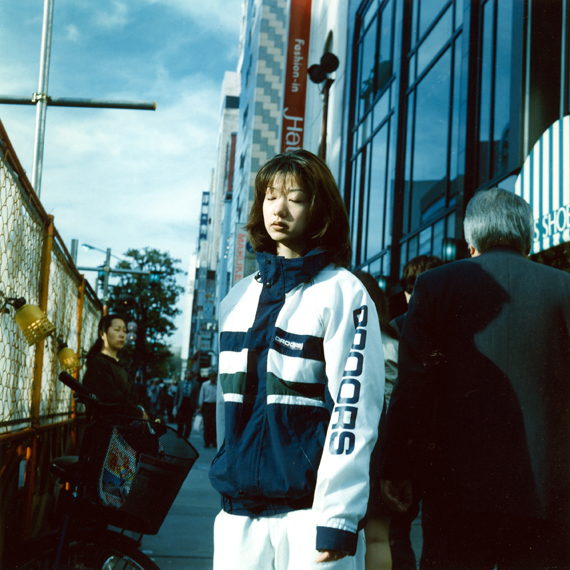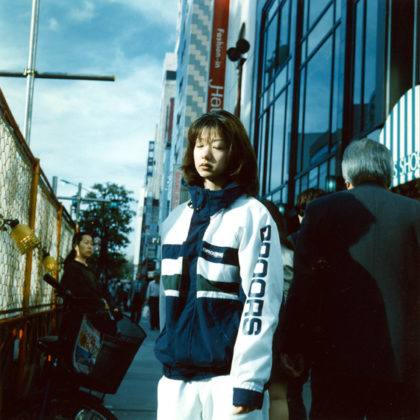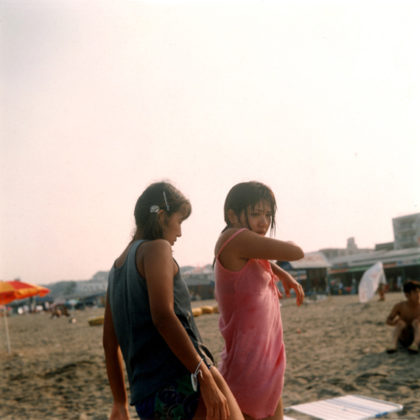When I went to Japan in the second half of the 1990s to research Modern Japanese photography I was fortunate to meet the photographer Eiji Ina who introduced me to the contemporary photography scene in Tokyo. At that time it was nearly impossible for foreigners without a well-developed ability to read Japanese (especially names)As an example: when I visited the exhibition “MOBO, MOGA / Modern Boy, Modern Girl: Japanese Modern Art 1910-1935” in Kamakura (1998) all artists names were written in Kanji. Since I find Japanese names very difficult to read I asked other Japanese visitors for the names of some artists. This caused vivid discussions among the Japanese because the Kanji can have several different readings and sometimes the Japanese could not agree on the correct spelling of the names :-). to find out what was going on in Tokyo, since there were no English sources neither about exhibitions nor galleries available and Eiji Ina was so kind to take me to photography events like exhibition openings at galleries and museums or to the award ceremony of the Kimura Ihei Award. He also introduced me to the photographer Mikiko Hara, whom I met for the first time in 1998 at the opening of her exhibition “Agnus Dei” at Nikon Salon, Ginza/Tokyo.
A year later I saw Mikiko’s work again in the group exhibition about young Japanese women photographers “Private Room II” at Art Tower Mito. Curated by Kohtaro Iizawa this exhibition was a kind of assessment of the “onna no ko shashinka” (girly photographer) phenomenon which had already faded at that time. I felt that Mikiko’s work was misplaced in the girly photographer context since she was a few years older than these ‘girlies’ like Hiromix and Yurie Nagashima. Also, Hiromix’s and Nagashima’s main aim was to use the camera to talk about themselves and to deal with their own identity. Mikiko’s topic is different, she does not speak about herself:

